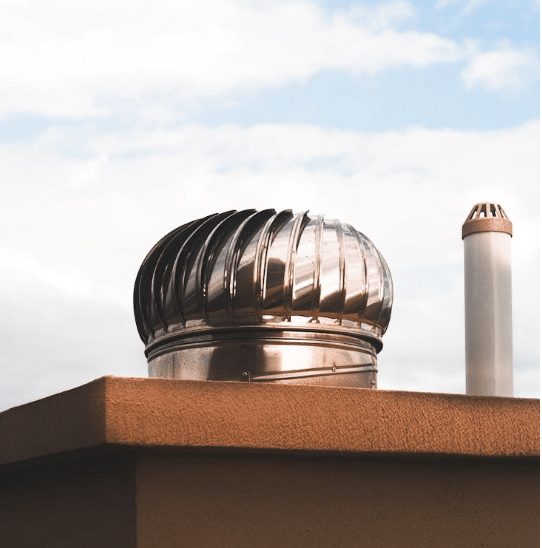Lexan panels, also known as polycarbonate sheets, are a popular thermoplastic material widely used across various industries due to their unique properties. This article provides an in-depth exploration of Lexan, covering its definition, physical characteristics, diverse applications, advantages, and limitations. Additionally, it includes an analytical perspective from ArchUp, a Frequently Asked Questions (FAQ) section, and a summary table highlighting key points.
What Are Lexan Panels?
Lexan is a type of polycarbonate, a thermoplastic known for its strength and flexibility. Composed of repeating molecular units containing carbonate groups, Lexan can withstand deformation under high temperatures (up to 147°C or 297°F). Its exceptional durability, with impact resistance 250 times greater than glass and 30 times greater than acrylic, makes it an ideal choice for applications requiring robustness and safety.
Properties of Lexan Panels
Lexan panels boast a range of properties that enhance their versatility:
- Impact Resistance: They can endure significant impacts without breaking, offering a safer alternative to glass.
- Flexibility: Lexan can be bent or shaped at room temperature without heating.
- Heat Resistance: It withstands temperatures up to 115°C before deforming.
- Chemical Resistance: Lexan resists diluted acids and substances like gasoline.
- Low Flammability: It has low fire susceptibility and, in some cases, can help suppress flames.
However, Lexan is not without drawbacks. It is more prone to scratching than glass, and prolonged exposure to ultraviolet (UV) rays can cause yellowing. Additionally, its cost is higher compared to glass or other thermoplastics.

Applications of Lexan Panels
Thanks to their durability and transparency, Lexan panels are used in a wide array of applications, including:
- Construction: Used in windows, transparent roofing, and building facades.
- Automotive Industry: Employed in headlights and taillights due to heat and impact resistance.
- Medical Devices: Utilized in medical equipment for their clarity and strength.
- Advertising: Applied in billboards and signage for a durable, transparent surface.
- Aviation: Used in aircraft windows for their lightweight and pressure-resistant properties.
“Polycarbonate panels are an ideal choice for modern construction applications due to their lightweight nature, durability, and resistance to harsh environmental conditions.”
*Source: ASTM International, Standard ASTM D3935
Advantages and Disadvantages of Lexan
To clarify the benefits and challenges of using Lexan, the following table compares its advantages and drawbacks:
| Advantages | Disadvantages |
|---|---|
| High impact resistance (250 times that of glass) | Prone to scratching |
| Flexible for shaping and bending | Higher cost than glass |
| Resistant to heat and chemicals | Yellowing due to UV exposure |
| Low flammability | Lower optical clarity than glass |
| Lightweight compared to glass | Low resistance to abrasive cleaners |
Sizes and Types of Lexan Panels
Lexan panels are available in various types and sizes to meet diverse needs. The table below outlines the most common types and specifications:
| Type | Thickness | Sizes (m) | Colors |
|---|---|---|---|
| Hollow | 4-10 mm | 2.1 × 5.8 / 2.1 × 11.8 | Clear, blue, brown, green, orange, milky |
| Solid (Crystal) | 1.3-10 mm | 2.1 × 5.8 / 2.1 × 11.8 | Clear, gray, red, yellow, black |
| German Hollow | 6-10 mm | 2.8 × 5.8 / 2.1 × 5.8 | Clear, blue, brown, milky |
Custom lengths can be produced, making Lexan highly adaptable for architectural and industrial applications.

ArchUp’s Perspective: Analysis and Critique
Lexan panels are an excellent choice for many applications, particularly in projects requiring a balance between durability and aesthetics. However, certain aspects warrant consideration. For instance, their susceptibility to scratching makes them less suitable for applications demanding long-term optical clarity, such as high-end retail displays. Additionally, UV-induced yellowing can diminish their appeal in long-term projects unless protective coatings are applied. On the positive side, Lexan’s lightweight nature and ease of shaping are significant advantages for budget-conscious projects or those involving complex designs. Overall, Lexan is recommended for applications prioritizing safety and durability over long-term aesthetic perfection.
Frequently Asked Questions (FAQ)
Q: Can Lexan panels be used in hot climates?
A: Yes, Lexan can withstand temperatures up to 115°C, but UV-protective coatings are recommended to prevent yellowing.
Q: Is Lexan safe for public spaces?
A: Yes, its high impact resistance makes it a safer alternative to glass, especially in areas requiring enhanced protection.
Q: How should Lexan panels be cleaned?
A: Use a soft cloth with mild soap and water, avoiding abrasive cleaners that may cause scratches.

Summary Table of Key Points
| Point | Details |
|---|---|
| Definition of Lexan | A thermoplastic polycarbonate, durable and flexible. |
| Properties | Impact-resistant, flexible, heat- and chemical-resistant, low flammability. |
| Applications | Construction, automotive, aviation, advertising, medical devices. |
| Advantages | High durability, lightweight, easy to shape. |
| Disadvantages | Prone to scratching, UV yellowing, higher cost. |
| Sizes | Hollow (4-10 mm), solid (1.3-10 mm), customizable lengths. |
Lexan is a versatile material that meets the needs of numerous industries, but its selection requires careful evaluation of a project’s aesthetic and functional requirements.





